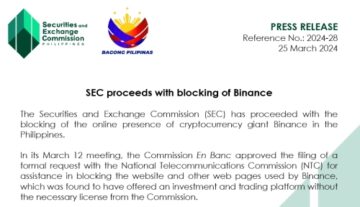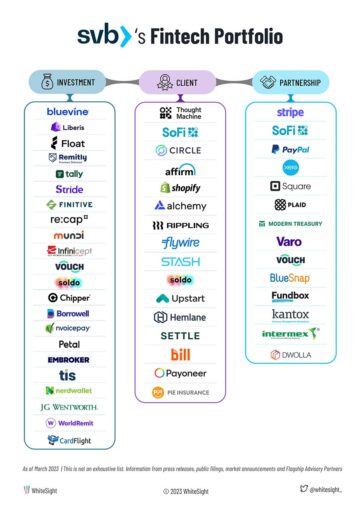Dragonfly Research | Haseeb Qureshi | Apr 27, 2021
 Stablecoin usage has exploded in the last year. And yet, fewer and fewer people seem to understand how these stablecoins actually work.
Stablecoin usage has exploded in the last year. And yet, fewer and fewer people seem to understand how these stablecoins actually work.
For some reason, stablecoin creators are obsessed with making these designs seem impenetrably complex. Almost every white paper is mired in equations and newly invented jargon, as though their authors are trying to convince you: trust me, you’re not smart enough to understand this.
I don’t agree. At bottom, all stablecoin design is pretty simple. I’m going to show you a simple visual language to understand how all stablecoins work.
Think of each stablecoin protocol as a bank. They each hold assets and owe liabilities. Each of them captures value somehow and distributes that value to “equity” holders.
Consider a normal full-reserve bank.
On the left side are its real assets — the actual physical dollars it holds in reserve. On the right side are its liabilities—call them “digital dollars”—which are claims on the assets in reserve.
See: A Brilliant Fintech Future – Banking on Stablecoins
In a full-reserve bank, each liability is matched 1:1 with assets in reserve. If someone with a digital dollar asks for the cash back, the holder is given the physical dollar and the corresponding digital liability is destroyed. This is how Tether, USDC, and every other fiat-backed stablecoin works.
The equity of the bank belongs to shareholders — investors in the bank — and they make money from the fees the bank charges. In Tether’s case, the owners of Tether Ltd. are the shareholders, and their profits come from the Tether minting and redemption fees.
Every liability of a full-reserve bank should maintain a close peg to a dollar, since it’s always redeemable for $1 in reserve. So long as the bank maintains cheap convertibility, arbitrageurs will ensure this effortlessly maintains its peg.
So that’s a vanilla full-reserve bank. It’s an obvious model, but it will help illustrate how crypto banks are different.
Full-reserve Crypto Stablecoins
How would you create a crypto full-reserve bank whose liabilities are stable dollars?
Given crypto just reinvented money, the first thing you’d want to do is swap out the USD assets for crypto assets. But crypto is volatile, so 1:1 backing won’t work if your liabilities are in dollars. If the value of crypto goes down, the bank will be left undercollateralized.
See: Are Stablecoins Better Than Bitcoin?
So just do the obvious thing: put down an extra cushion of crypto to give you a buffer in case the crypto goes down.
This is basically how MakerDAO works.
Dai’s peg is currently stable.
Notice that the assets in reserve are significantly larger than the total liabilities (Dai). This keeps the whole system secure.
(I’m glossing over a bunch of details here. But for the purposes of comparing MakerDAO to other models, this is a good start.)
Now let’s look at Synthetix.
Continue to the view .gif Animations –> here
 The National Crowdfunding & Fintech Association (NCFA Canada) is a financial innovation ecosystem that provides education, market intelligence, industry stewardship, networking and funding opportunities and services to thousands of community members and works closely with industry, government, partners and affiliates to create a vibrant and innovative fintech and funding industry in Canada. Decentralized and distributed, NCFA is engaged with global stakeholders and helps incubate projects and investment in fintech, alternative finance, crowdfunding, peer-to-peer finance, payments, digital assets and tokens, blockchain, cryptocurrency, regtech, and insurtech sectors. Join Canada’s Fintech & Funding Community today FREE! Or become a contributing member and get perks. For more information, please visit: www.ncfacanada.org
The National Crowdfunding & Fintech Association (NCFA Canada) is a financial innovation ecosystem that provides education, market intelligence, industry stewardship, networking and funding opportunities and services to thousands of community members and works closely with industry, government, partners and affiliates to create a vibrant and innovative fintech and funding industry in Canada. Decentralized and distributed, NCFA is engaged with global stakeholders and helps incubate projects and investment in fintech, alternative finance, crowdfunding, peer-to-peer finance, payments, digital assets and tokens, blockchain, cryptocurrency, regtech, and insurtech sectors. Join Canada’s Fintech & Funding Community today FREE! Or become a contributing member and get perks. For more information, please visit: www.ncfacanada.org
GET TICKETS NOW: BREAKING BARRIERS CONFERENCE & EXPO #FFCON21 MAY 11-13Sign-up for NCFAs weekly newsletter and never miss a beat:Support NCFA by Following us on Twitter! |
Related Posts
Source: https://ncfacanada.org/a-visual-explanation-of-algorithmic-stablecoins/
- "
- &
- affiliates
- All
- Assets
- authors
- Bank
- Banking
- Banks
- barriers
- Bitcoin
- blockchain
- Canada
- Cash
- charges
- claims
- community
- Conference
- Covid
- Crowdfunding
- crypto
- crypto-assets
- cryptocurrency
- DAI
- day
- decentralized
- Design
- destroyed
- digital
- Digital Assets
- digital dollar
- Dollar
- dollars
- ecosystem
- Education
- equity
- Fees
- finance
- financial
- fintech
- First
- full
- funding
- future
- gif
- Global
- good
- Government
- hold
- How
- HTTPS
- industry
- information
- Innovation
- Insurtech
- Intelligence
- investment
- Investors
- IT
- language
- large
- liability
- Long
- MakerDao
- Making
- Market
- Members
- model
- money
- networking
- Newsletter
- Other
- owners
- Paper
- payments
- People
- projects
- real assets
- Regtech
- reserve bank
- Sectors
- Services
- Simple
- smart
- SMEs
- So
- stablecoin
- Stablecoins
- start
- support
- Synthetix
- system
- Tether
- Tokens
- Trust
- us
- USD
- value
- View
- weekly
- white paper
- Work
- works
- year















